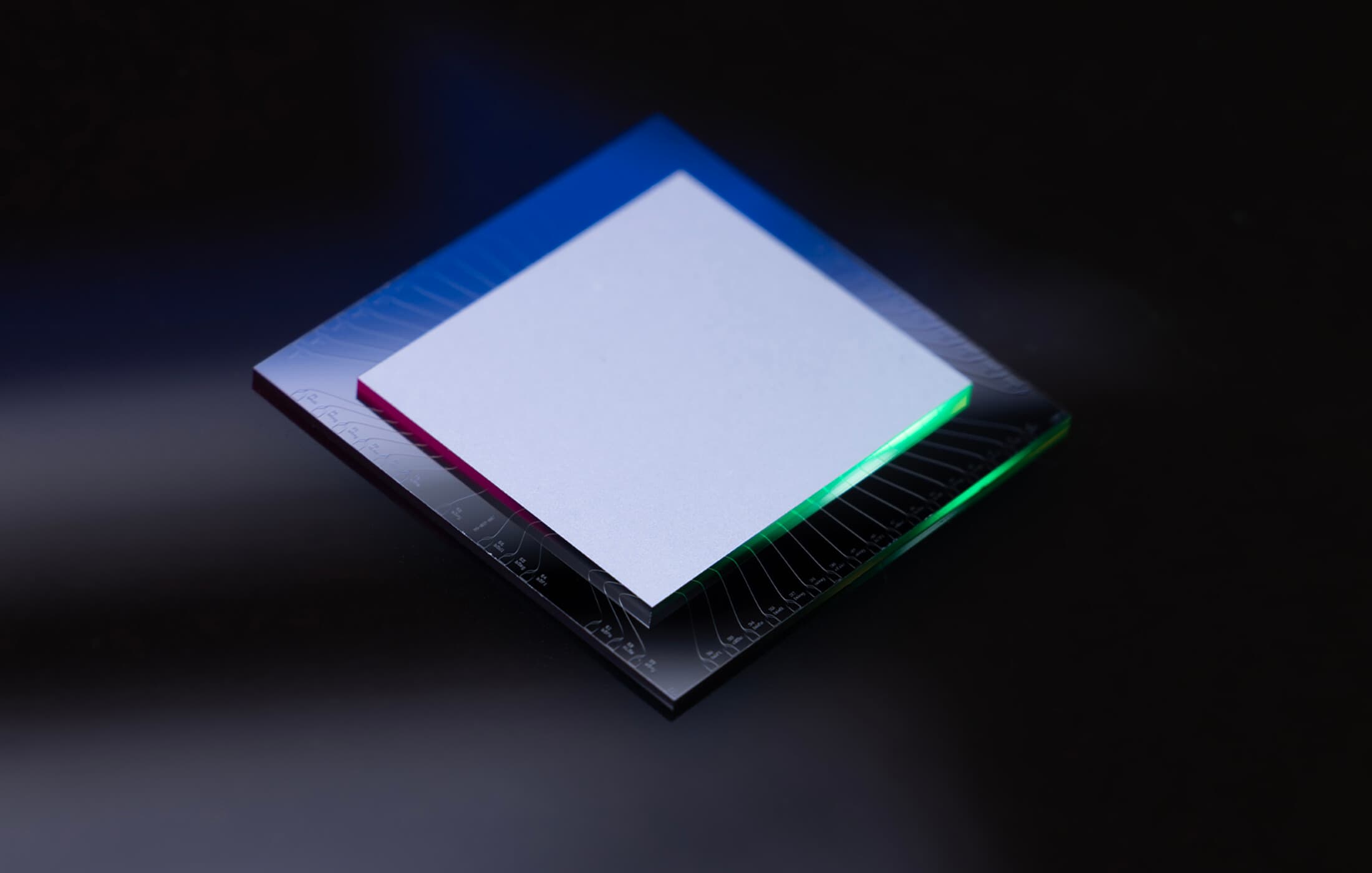We're loading the full news article for you. This includes the article content, images, author information, and related articles.
Researchers at startup QuEra demonstrated magic state distillation on logical qubits — a pivotal breakthrough toward powerful, fault-tolerant quantum computers poised to outclass classical machines.

Boston, 17 July 2025 — In what many researchers are calling a landmark breakthrough for fault-tolerant quantum computing, Boston-based quantum startup QuEra Computing has successfully demonstrated magic-state distillationon fully error-corrected logical qubits. The result, published in Nature, is being hailed as the first practical realization of a long-theorized technique critical for enabling universal, scalable quantum computers.
The feat marks the first time a quantum system has **distilled magic states—a special class of high-fidelity, non-Clifford states essential for universal quantum logic—**using logical rather than physical qubits. Most crucially, QuEra achieved this under active error correction, maintaining quantum coherence through the fragile computation process.
Magic-state distillation is a foundational process in quantum computing, acting as a key building block for universal quantum gates that go beyond the easily implementable Clifford operations. While theoretical protocols for magic-state distillation have been known since the early 2000s, they required extremely low error rates—a barrier that no system had previously crossed using fully error-corrected logical qubits.
QuEra’s demonstration reduces the logical error rate of output quantum states by a factor of 400× compared to the previous best results using physical qubits, setting a new standard in the industry.
“Magic-state distillation was the missing puzzle piece,” said Dr. Lena Zhao, lead researcher at QuEra. “It’s what turns a fault-tolerant quantum machine into a universal quantum computer.”
The advance was enabled by a combination of topological qubit encoding, ultra-cold atom lattices, and proprietary quantum error correction protocols developed in-house. Unlike superconducting qubits, QuEra’s neutral atom platform offers longer coherence times and flexible entanglement geometry, making it well-suited for complex distillation routines.
The system maintained active error correction throughout the process—a critical threshold that has eluded both academic and commercial labs until now.
With this capability, QuEra opens the door to real-world quantum advantage in domains such as:
Post-quantum cryptography: Efficient simulation and breaking of cryptographic schemes.
Materials science: Accurate modeling of complex quantum systems like superconductors and catalysts.
Quantum simulation: Rapid progress in fields like high-temperature physics, condensed matter, and even biological modeling.
In short, the achievement transitions fault-tolerant quantum computing from theoretical possibility to engineering reality.
The response has been swift and emphatic. Leading quantum physicists have described the result as “the most important step forward since surface code demonstrations.” The study’s publication in Nature underscores its scientific rigor and impact.
“We’ve waited over 20 years for this,” said Dr. John Preskill of Caltech. “It’s not just a technical milestone—it’s a validation of the entire roadmap to large-scale quantum computing.”
Founded in 2021 out of Harvard and MIT labs, QuEra has emerged as a dark horse in the quantum hardware race, offering a neutral atom platform that competes directly with superconducting systems from IBM, Google, and Rigetti. With this latest result, QuEra has arguably leapfrogged its rivals in implementing core elements of a fault-tolerant architecture.
The company plans to scale up its logical qubit count in 2026 and launch its first cloud-accessible universal quantum processor by 2027.
As the industry pivots from noisy intermediate-scale quantum (NISQ) devices to true fault tolerance, QuEra’s breakthrough could mark the beginning of a new chapter—where quantum computing moves from promise to performance.
Keep the conversation in one place—threads here stay linked to the story and in the forums.
Other hot threads
E-sports and Gaming Community in Kenya
Active 7 months ago
Popular Recreational Activities Across Counties
Active 7 months ago
The Role of Technology in Modern Agriculture (AgriTech)
Active 7 months ago
Investing in Youth Sports Development Programs
Active 7 months ago